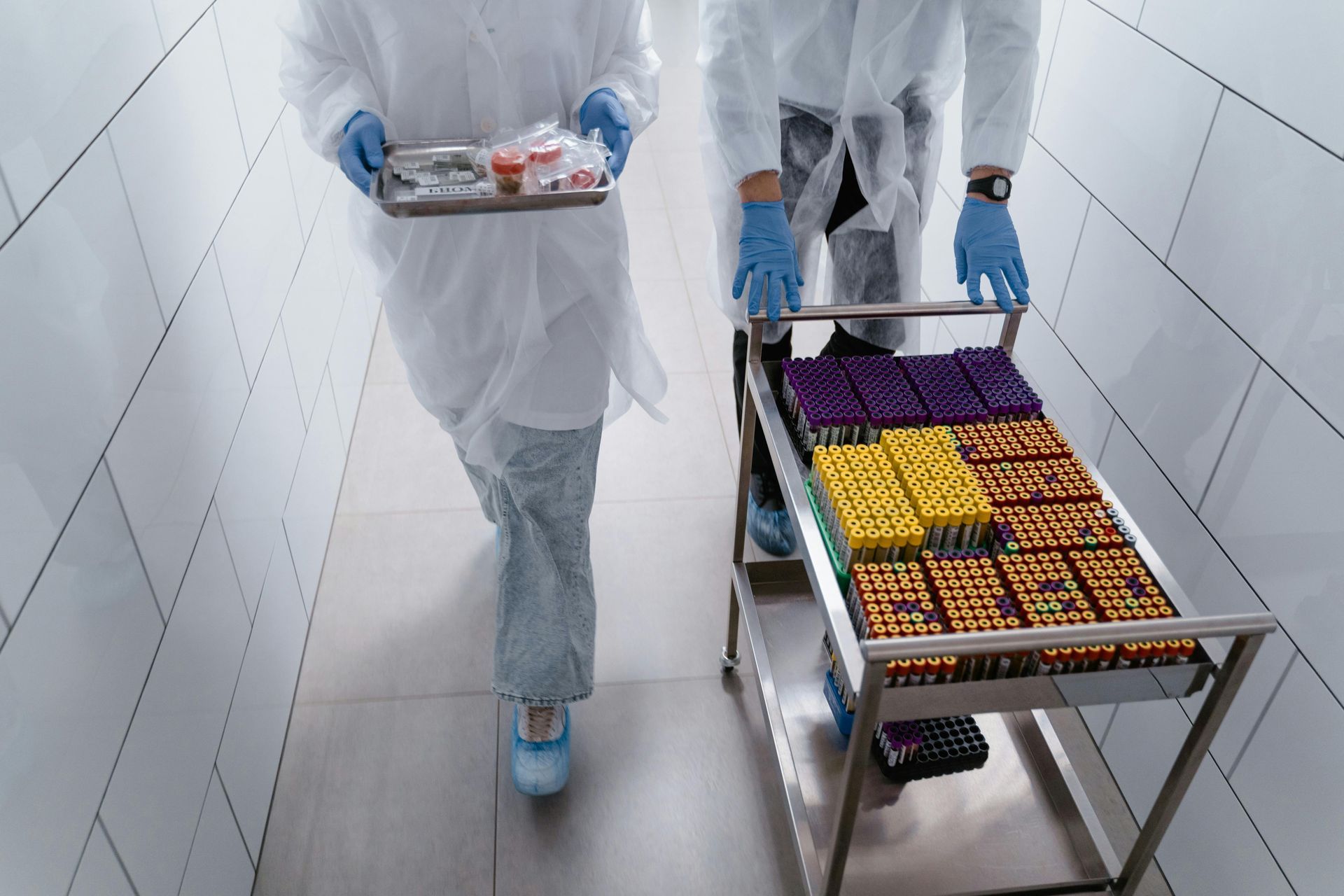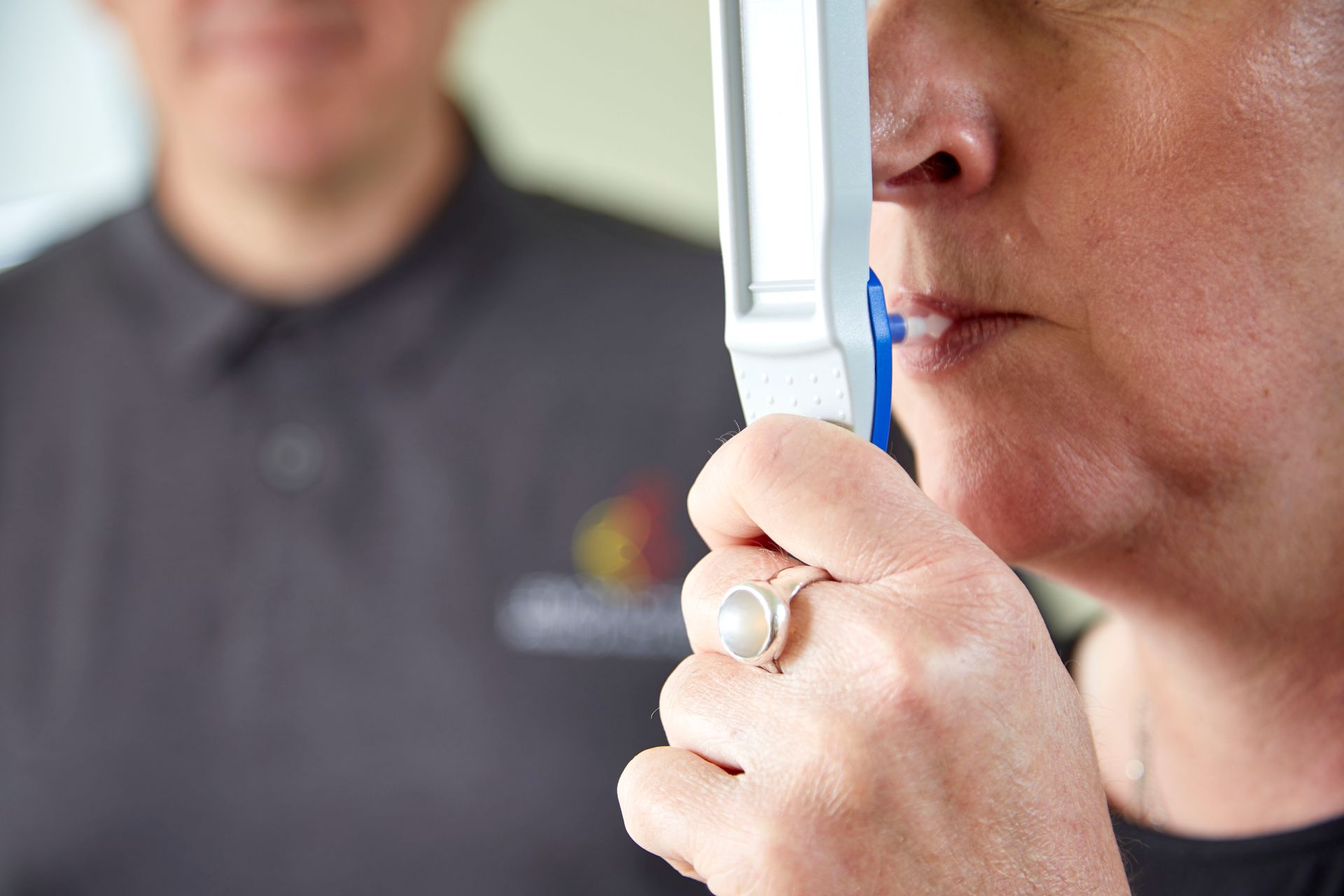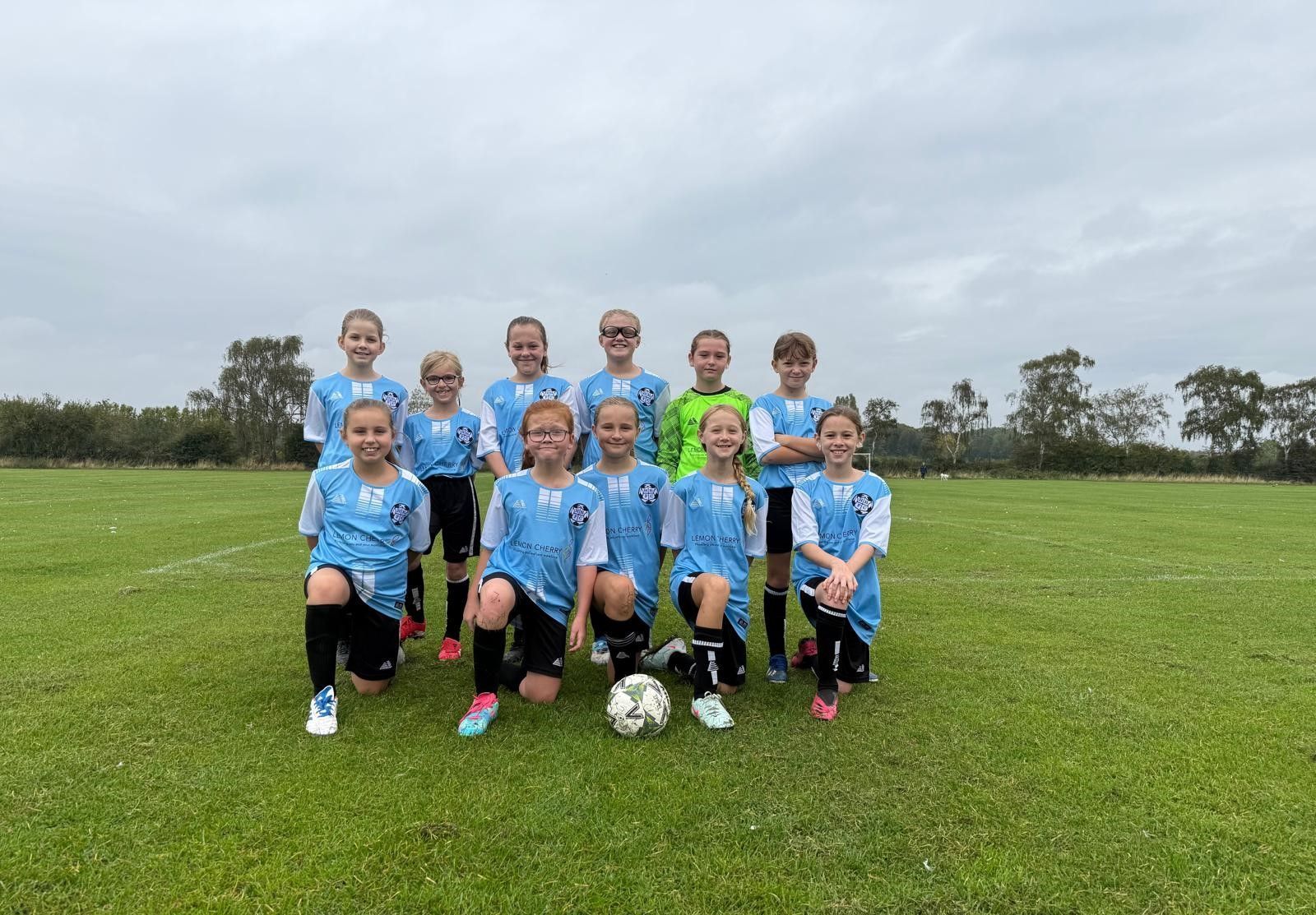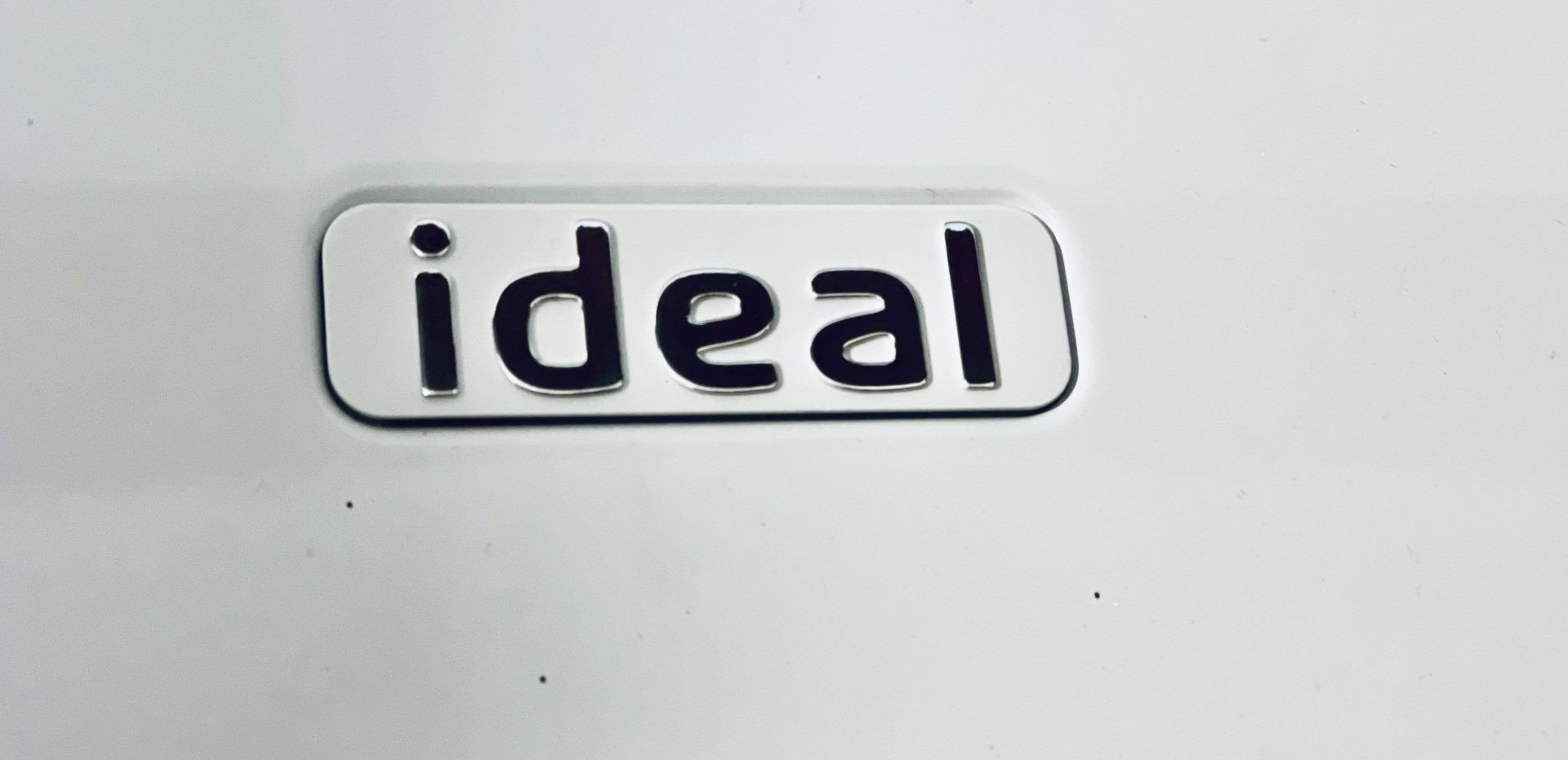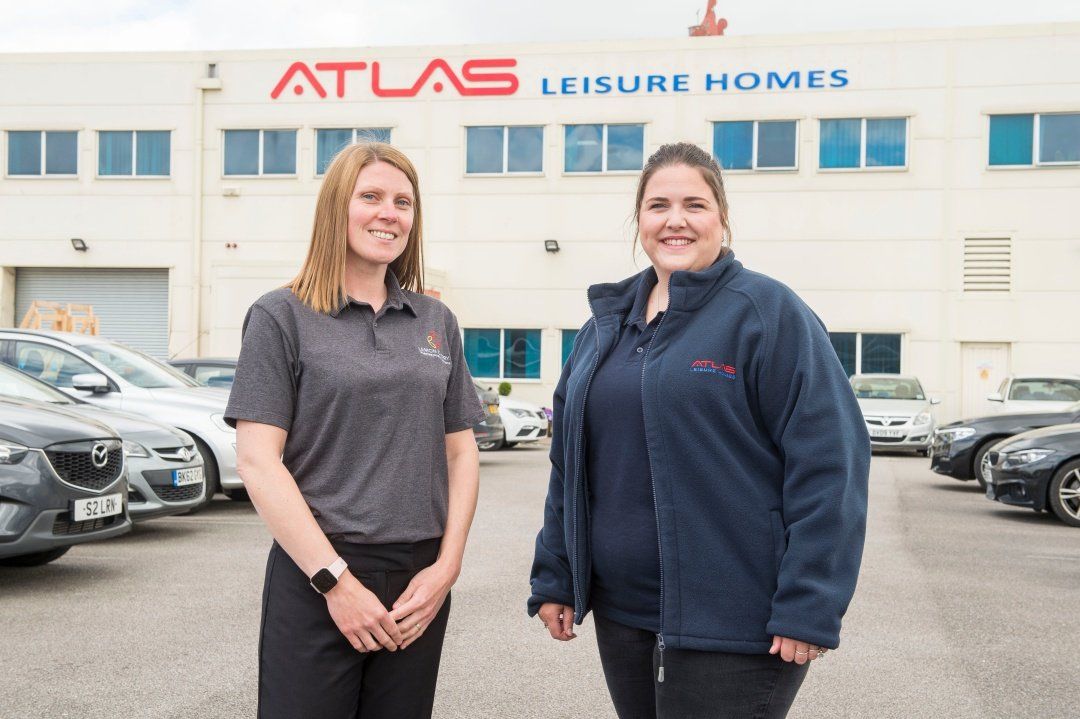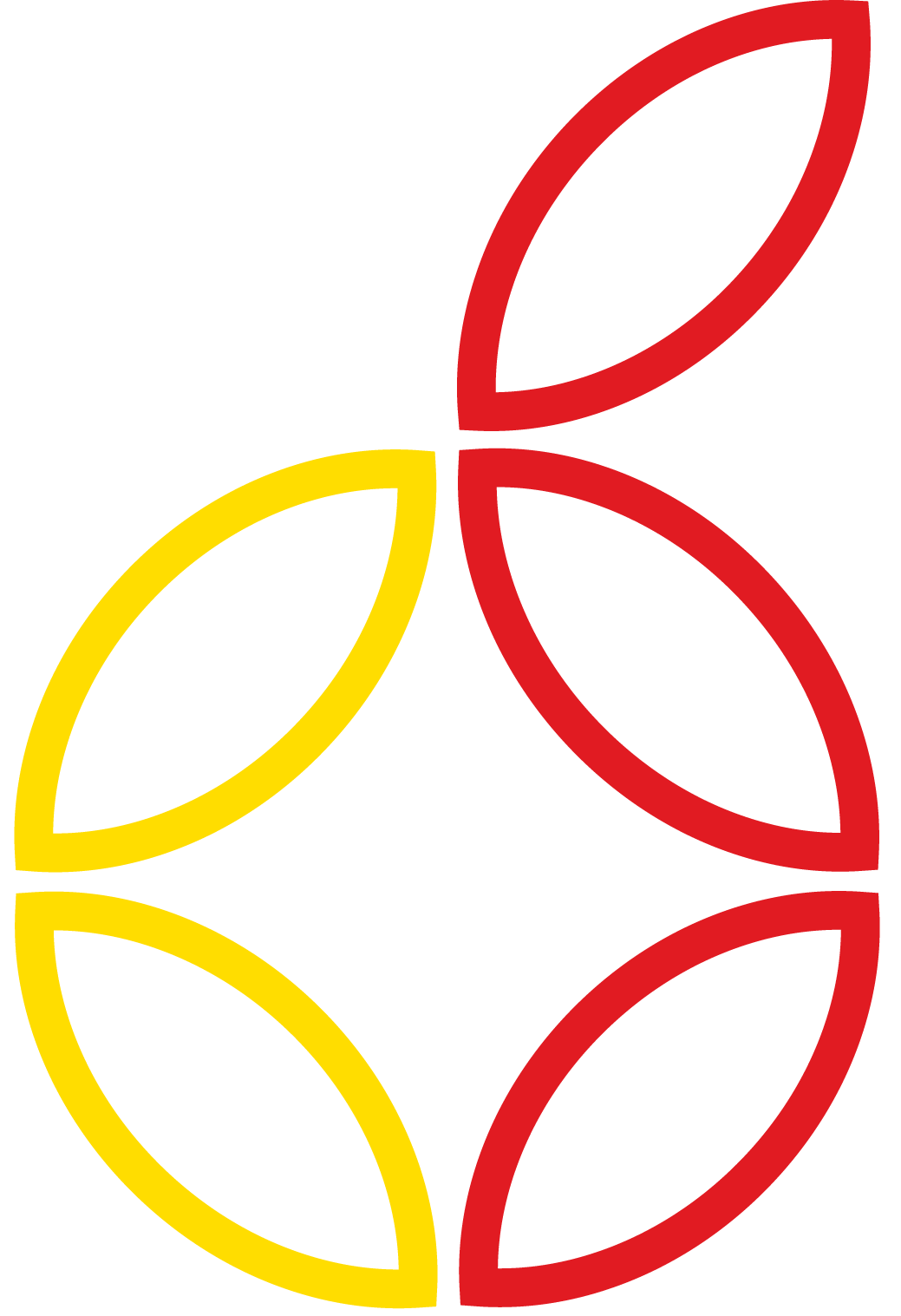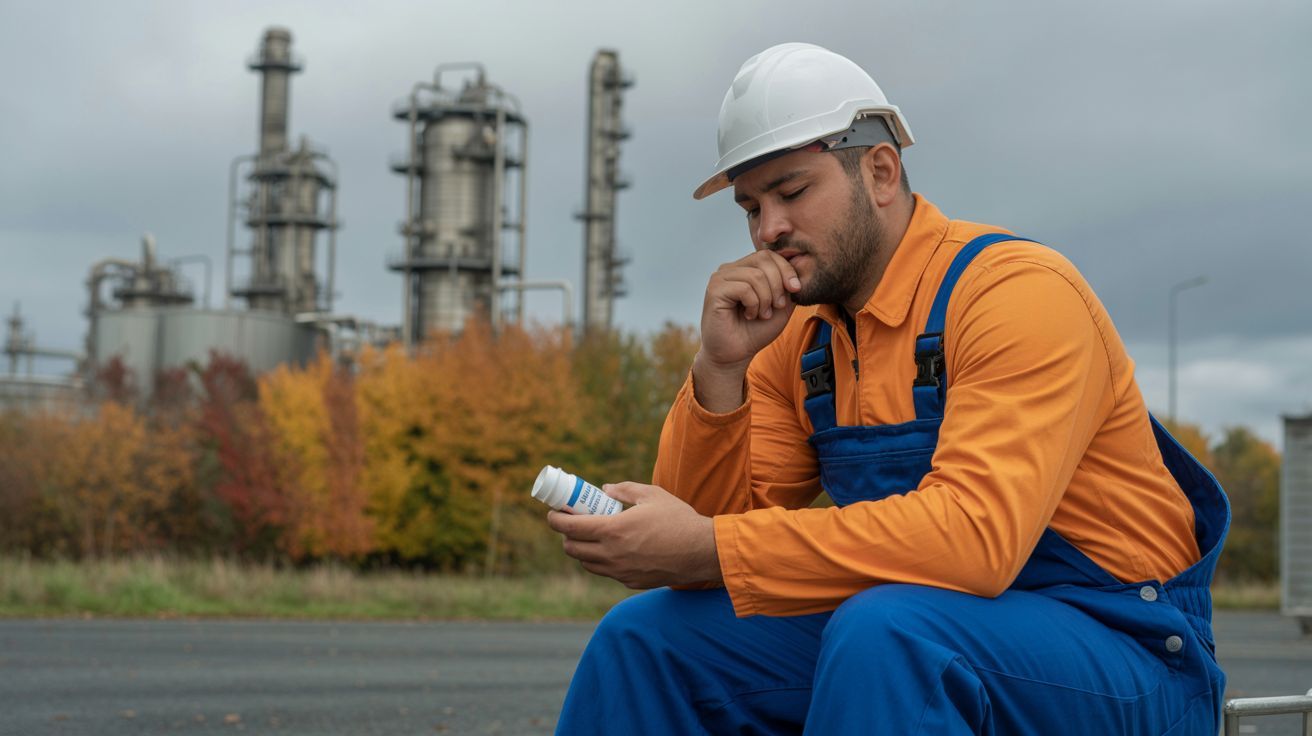
October means shorter days and the start of SAD season. Your workplace safety policies need updating before the worst months hit and the risks go far beyond productivity drops.
Hayley notices the pattern every year at her Yorkshire manufacturing plant. Three team members called in sick this week with "flu symptoms" that sound suspiciously like fatigue and low mood. The ones who made it in seem sluggish, disengaged, and struggling to concentrate on routine safety procedures.
But here's what Hayley doesn't see: the forklift operator who's started having a drink at lunch to cope with his depression. The night shift supervisor taking extra prescription painkillers to help her sleep. The warehouse worker who's begun using cannabis to manage his winter anxiety.
This isn't just Seasonal Affective Disorder.
It's the perfect storm that creates your highest workplace safety risks of the year.
The Hidden Connection: SAD and Substance Use
Research shows that one in three British workers display symptoms of Seasonal Affective Disorder each year. What the statistics don't show is how many of these workers turn to alcohol, prescription medications, or other substances to cope with their symptoms.
The numbers are staggering. SAD causes 9.6 million working days to be lost annually in the UK. But the hidden cost is in the workers who do show up - impaired, struggling, and potentially dangerous.
Common Self-Medication Patterns During SAD Season:
- Alcohol to numb depression and aid sleep
- Misused prescription medications for anxiety or sleep issues
- Cannabis for mood regulation
- Stimulants to combat overwhelming fatigue
In high-risk sectors like construction, transport, and manufacturing, this combination creates serious safety hazards that traditional workplace policies often miss.
Why SAD Creates Your Biggest Screening Challenges
Seasonal Affective Disorder doesn't just affect mood - it fundamentally changes workplace safety dynamics:
- Masked Impairment: Employees attribute poor performance to "winter blues" rather than substance use, making detection more difficult.
- Increased Risk Tolerance: Depression can lead to poor decision-making and increased willingness to take safety shortcuts.
- Supervisor Confusion: Managers struggle to distinguish between SAD symptoms and substance impairment, potentially missing critical safety issues.
- Seasonal Patterns: Substance use incidents spike during the darkest months (November through February) when SAD symptoms peak.
Legal Requirements That Protect Your Business
Under disability legislation, SAD can qualify as a condition requiring reasonable workplace accommodations. However, this doesn't extend to substance use.
A teacher in Wisconsin successfully sued her school district after being denied accommodations for SAD, according to the Los Angeles Times.
The key distinction: employers must accommodate mental health conditions but can maintain zero-tolerance policies for substance use.
This creates a complex balancing act that requires both compassionate support and rigorous safety protocols.
Essential Policy Components for Integrated SAD and Substance Management
1. Recognition and Response Training
Train managers to identify the difference between SAD symptoms and potential impairment:
SAD Indicators:
- Persistent fatigue and low energy
- Difficulty concentrating on tasks
- Increased irritability or stress intolerance
- Social withdrawal from team activities
Impairment Indicators:
- Alcohol odour or bloodshot eyes
- Slurred speech or coordination problems
- Erratic behaviour or mood swings
- Safety protocol violations
When performance issues arise, managers should ask: "I've noticed you seem to be having difficulty with your job duties. Is there something we can do to help?" This opens accommodation discussions while maintaining the right to conduct for-cause testing if safety concerns exist.
2. Seasonal Screening Protocols
Enhanced Winter Monitoring: Increase random testing frequency during SAD season (October through March) when self-medication risks peak.
For-Cause Testing Clarity: Establish clear criteria for when performance changes warrant substance screening versus mental health support.
Return-to-Work Screening: Implement testing protocols for employees returning from extended winter sick leave, particularly in safety-sensitive roles.
Confidential Reporting: Create pathways for employees to seek help for both mental health and substance issues without fear of immediate termination.
3. Environmental Accommodations That Support Safety
- Light Therapy Integration: Allow employees to use light therapy devices at workstations, which can reduce the likelihood of self-medication, states the Job Accommodation Network.
- Strategic Workspace Positioning: Prioritise window-adjacent positions for employees with SAD, improving mood naturally and reducing substance use temptation.
- Safety-First Accommodations: Ensure all accommodations maintain safety standards - light therapy devices must not interfere with safety equipment or procedures.
4. Integrated Support and Enforcement
- Employee Assistance Programmes: Provide access to mental health support that specifically addresses seasonal depression and substance use risks.
- Clear Policy Communication: Employees must understand that while SAD accommodations are available, substance use remains grounds for disciplinary action.
- Graduated Response System: Distinguish between employees seeking help for mental health issues and those violating substance policies.
Implementation Strategy for High-Risk Sectors
October Preparation: Begin enhanced protocols now, before symptoms and associated risks peak in November and December.
Sector-Specific Approaches:
- Construction: Focus on equipment operation safety and fall prevention during low-mood periods
- Transport: Emphasise driver alertness and decision-making capacity
- Manufacturing: Address machinery operation and chemical handling risks
- Care Industry: Maintain patient safety while supporting staff mental health
Documentation Requirements: Establish clear procedures that separate accommodation requests from disciplinary actions, ensuring legal compliance while maintaining safety standards.
The Business Case for Integrated Policies
Companies that address both SAD and substance risks see measurable improvements:
- Reduced Incidents: Comprehensive policies can cut winter safety incidents significantly
- Legal Protection: Clear distinction between accommodation and enforcement protects against discrimination claims while maintaining safety standards
- Employee Trust: Workers are more likely to seek help for mental health issues when they understand the difference between support and discipline
- Cost Savings: Preventing one serious winter incident pays for an entire year of enhanced screening and support programmes
Measuring Success Through Dual Metrics
Track both mental health support and safety outcomes:
- Reduction in winter sick days alongside substance-related incidents
- Accommodation requests versus positive test results
- Employee satisfaction with mental health support
- Maintained safety standards during SAD season
- Early intervention success rates
Taking Action This Month
Your integrated SAD and substance policy should be operational before November:
- Policy Review: Ensure mental health accommodations don't compromise substance screening protocols
- Manager Training: Educate supervisors on recognising both SAD symptoms and impairment indicators
- Screening Schedule: Adjust testing frequency for winter months in safety-sensitive roles
- Support Systems: Establish clear pathways for mental health assistance
- Communication Strategy: Help employees understand available support while maintaining safety expectations
The Lemon Cherry Advantage
At Lemon Cherry, we understand that workplace safety isn't just about catching substance use, it's about understanding the complex factors that drive risky behaviour. Our experience in safeguarding and investigations means we can help you develop policies that support employee wellbeing while maintaining the highest safety standards.
We work with clients across high-risk sectors to create screening programmes that account for seasonal challenges like SAD.
Our Home Office approved equipment and confidential approach ensure you can address both mental health support and substance screening with the professionalism and discretion your employees deserve.
Hayley's manufacturing team doesn't have to choose between supporting struggling employees and maintaining workplace safety. With integrated policies that address both SAD accommodations and substance screening, you can protect your workforce while demonstrating genuine care for their wellbeing.
The question isn't whether SAD and substance risks will affect your workplace this winter, it's whether you'll have the comprehensive policies and expert support to handle both challenges effectively.
We'll help you create a comprehensive approach that protects both employee wellbeing and workplace safety throughout the challenging winter months.

